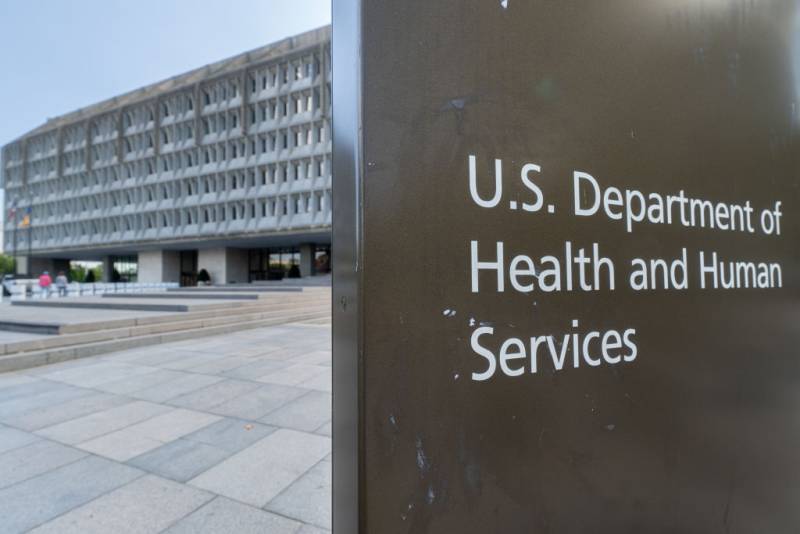Update, 8:45 a.m. Wednesday: House Republicans on Tuesday evening narrowly passed a budget proposal that could usher in deep cuts to Medicaid.
Medicaid is a federal program that provides health care to roughly 72 million Americans, including some 14.8 million Californians. Among other kinds of care, Medicaid — which turns 60 years old this year — includes coverage for lower-income and disabled people. Among other things, it covers substance abuse programs, nursing home care, and nearly half of all births nationwide.
- Jump straight to: What would potential cuts to Medicaid look like?
Now, Republicans in Congress are proposing huge cuts — at least $880 billion — to this government health insurance program as part of a budget package that would extend and expand tax cuts for the wealthy, as well as finance President Donald Trump’s border security agenda.
Republicans have claimed that Medicaid doesn’t improve health outcomes, states inappropriately juice their federal Medicaid dollars and that shrinking Medicaid funding would improve it. But what would such deep cuts to Medicaid actually look like, and how likely are they to happen?
KQED Forum spoke to the following experts about what to know about Medicaid right now — what it does, who it serves and who would be most affected by the proposed cuts:
- Larry Levitt, executive vice president, Kaiser Family Foundation
- Joanne Kenen, journalist in-residence, Johns Hopkins School of Public Health
- Kristof Stremikis, director of market analysis and insight, California Health Care Foundation, independent nonprofit focused on improving healthcare for Californians
- Chiquita Brooks-LaSure, former administrator, Center for Medicare and Medicaid Services; served as administrator during the Biden administration from 2021–25
This conversation has been edited for brevity and clarity.
How is Medicaid different from Medicare?
Larry Levitt: Medicare is the program that covers seniors and people with disabilities. Medicaid was actually created at the same time as Medicare [in 1965.] Originally, it was connected to welfare — so it covered low-income children, single parents.

